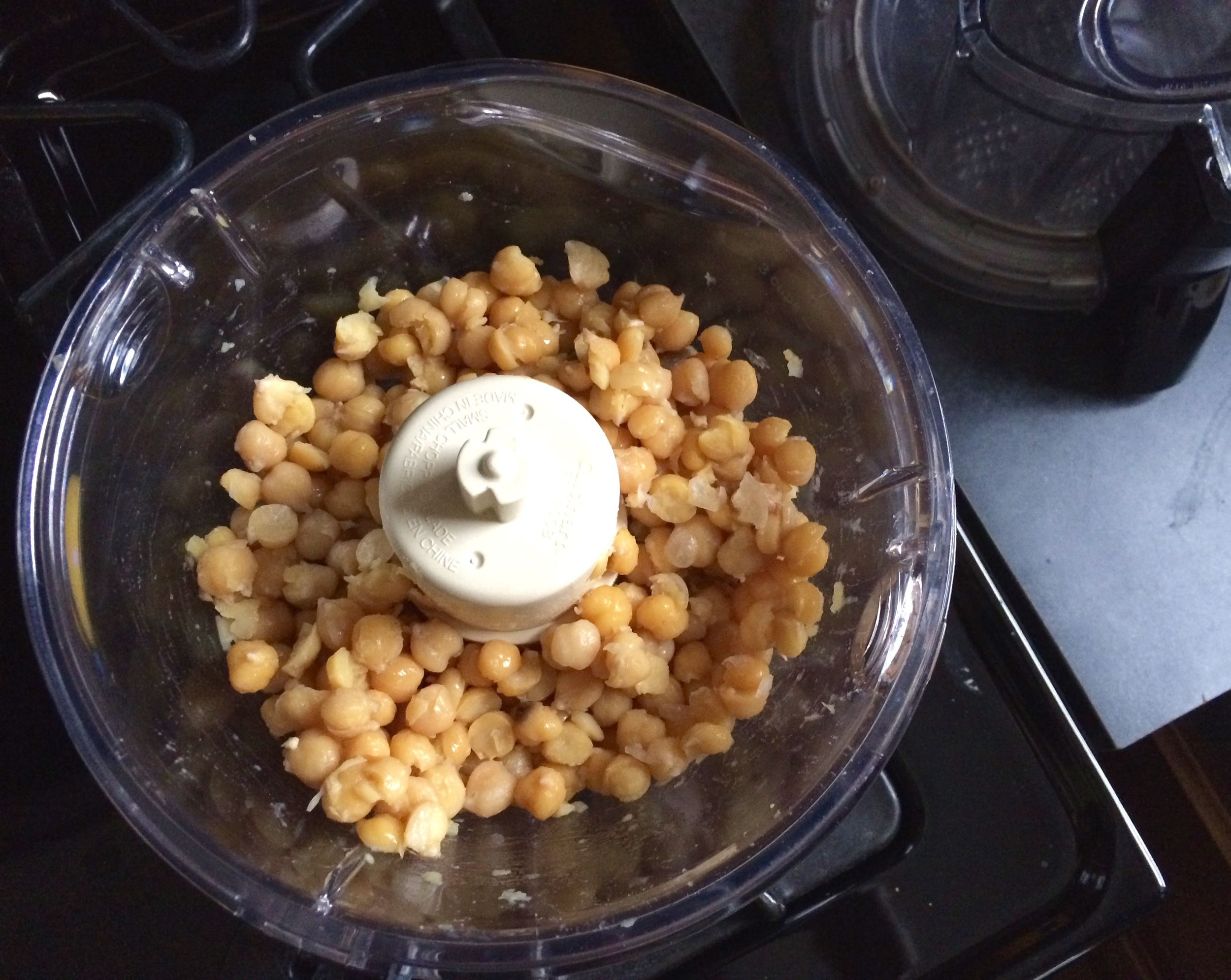Dip Duo: Za'atar-Spiced Beet Dip with Cheve, and Burnt Eggplant Dip with Tahini
A few weeks back I got a bunch of beets, and an eggplant from my CSA. I already had a lot of other veggies I was planning to grill up for the week and didn’t feel like I needed two more to add to the mix. So instead of just grilling them with olive oil for salads, I decided to make a few dips. Something different, and something I could use up differently. I found two dips from Yotam Ottolenghi that sounded perfect. One was from his cookbook, Plenty, which I own, while the other recipe just popped up on a quick google search.
Beets: the beet dip was perfect because it used za-atar, which I have a huge bag of in the pantry, as well as a full cup of plain yogurt which I basically live on. A hot pepper for spice, and a little oil and maple syrup rounded out the flavors. He recommended topping the dip with fresh goat cheese, toasted hazelnuts and thinly sliced green onions. I didn’t have hazelnuts, so I used toasted pumpkin and sunflower seeds instead which was very nice.
I loved this dip. It definitely tastes like beets (which is a good thing in my book), but not overwhelmingly so thanks to the yogurt, oil and maple syrup. The beets and maple syrup made it quite sweet, yet it also had a pleasant spiciness thanks to the hot pepper (I had to. use a green jalapeno because it was all I could find). I thought it was perfectly balanced and delicious. While I served this with the recommended toppings several times which was great, I also served it spread on a plate of more plain yogurt as a double layer dip and thought this was also amazing. So plenty of options!
Eggplant: this burnt eggplant dip was basically baba ganoush in my opinion which I didn’t really realize until it was made. I of course had to then look up the definition of baba ganoush and found that there is a big “controversy” about the ingredients that are found in a traditional baba ganoush. I’m not going to get into it, I’m definitely not an expert, and it’s not my battle to fight. All I know is that I loved it! I have tried to make baba ganoush in the past and never had great success. I have always found it to be watery and thin, both in texture and flavor. Thankfully this dip was neither! I will definitely make this again and again!
Za'atar-Spiced Beet Dip with Cheve
From Food and Wine, by Yotam Ottolenghi
Ingredients
6 medium beets (1 1/2 pounds), trimmed
2 small garlic cloves, minced
1 small red chile, seeded and minced
1 cup plain Greek yogurt
3 tablespoons extra-virgin olive oil
1 1/2 tablespoons pure maple syrup
1 tablespoon za’atar
Salt
1/4 cup roasted skinned hazelnuts, chopped
2 tablespoons goat cheese, crumbled
2 scallions, thinly sliced
Warm bread, for serving
Directions
Preheat the oven to 350°. Put the beets in a small roasting pan and add 1/4 cup of water. Cover with foil and bake for about 1 hour, until tender. Let cool slightly.
Peel the beets, cut into wedges and transfer to a food processor. Add the garlic, chile and yogurt and pulse until blended. Add the olive oil, maple syrup and za’atar and puree. Season with salt. Scrape into a wide, shallow bowl. Scatter the hazelnuts, goat cheese and scallions on top and serve with bread.
Burnt Eggplant Dip with Tahini
From Plenty by Yotam Ottolenghi
Ingredients
1 large eggplant
1/3 cup tahini paste
1 tablespoon fresh lemon juice, plus more
1 large clove garlic, grated
3 tablespoons fresh parsley, chopped
1/2 piece pomegranate seeds
1 tablespoon olive oil, plus more
sea salt black pepper
Directions
First, burn the eggplant: Turn on a gas stove to a medium-low flame. Place the eggplant directly on the flame, and roast for about 12-15 minutes. Be sure to turn the eggplant frequently with tongs, and be sure it doesn't catch fire. By the end, the skin should be completely burnt, and the eggplant should be soft and "deflated." Allow to cool for a few minutes, and peel the skin off and discard. Place the eggplant in a colander to drain for 30 minutes, or wrap in foil for overnight, refrigerate, and come back to the project the next day. The eggplant will naturally drain by then.
To make the dip, simply mix all of the ingredients (except half of the pomegranate seeds) together in a bowl. Adjust the seasonings to taste. You want a smoky, fresh, well-balanced flavor. To serve, garnish with the other half of the pomegranate seeds and a drizzle of olive oil and crack of fresh pepper. Serve at room temperature! Serve with pita, or vegetables.

































